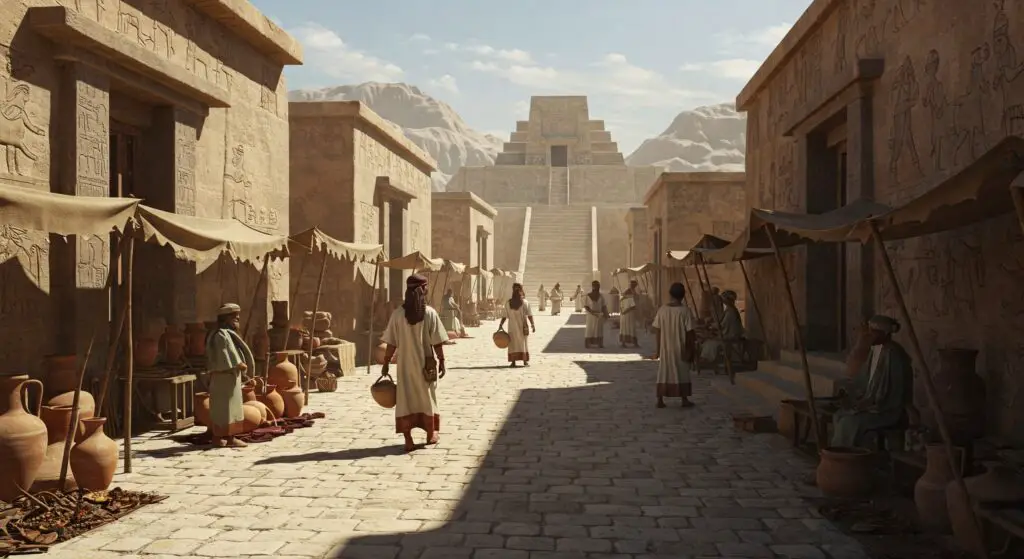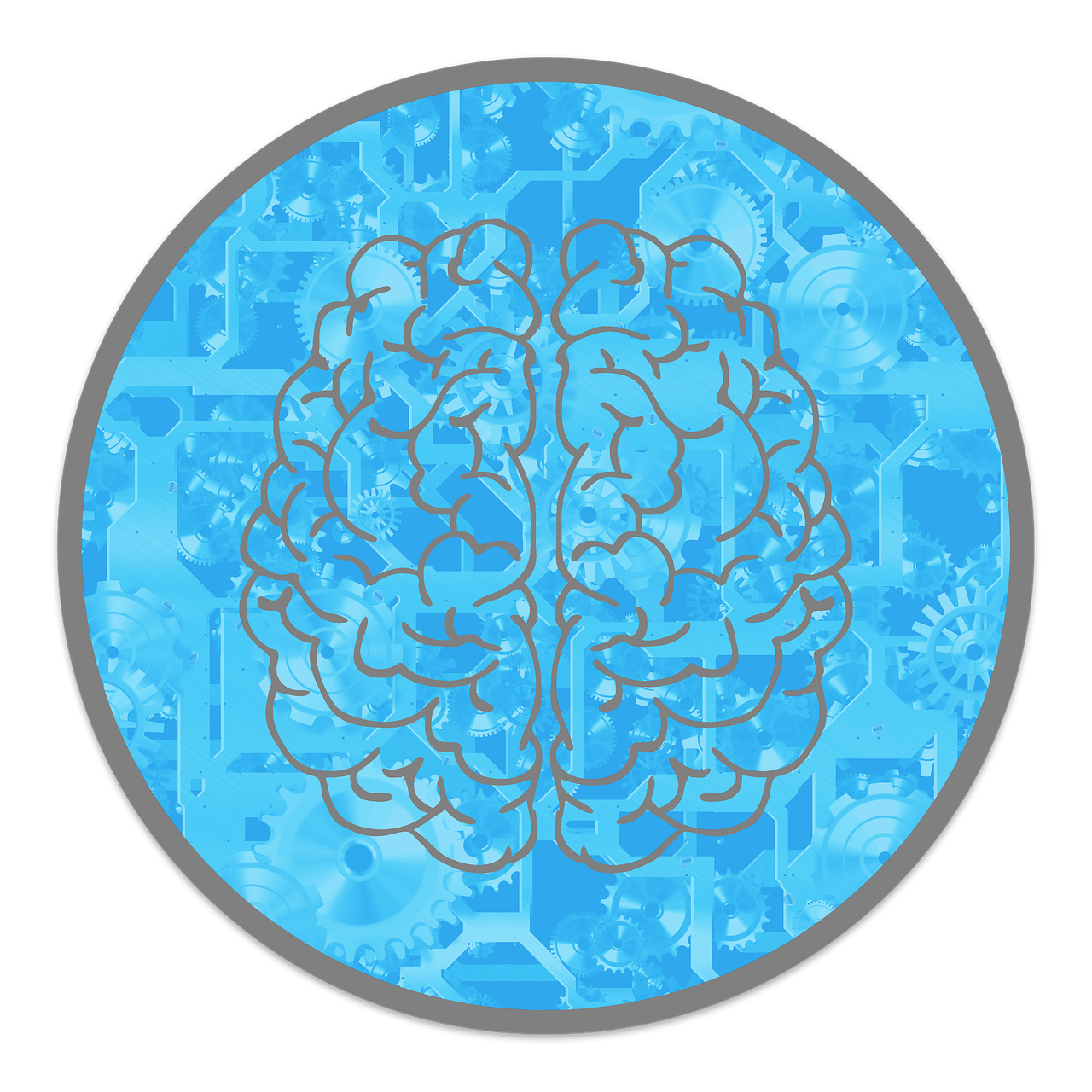
Long before TikTok, skyscrapers, or even sliced bread, there was Mesopotamia—aka the land between two rivers (Tigris and Euphrates), now modern-day Iraq.
Think of it as the original “downtown” where humans first figured out how to city.
Back in the Bronze Age (3300–1200 BCE), Mesopotamia was the place to be. Three legendary squads rose to fame here:
- Sumer
- Akkad
- Babylon
They built cities, invented writing (thanks, cuneiform!), made epic laws (hi, Hammurabi), and basically kickstarted everything that makes modern life work—even if they didn’t have Wi-Fi.
If you’re into ancient drama, glow-ups, and finding out where school, cities, and rules actually came from, this is your time machine.
What Was the Bronze Age?
Before Mesopotamia became the Beyoncé of early civilization, it had to glow up during a game-changing era: the Bronze Age.
When?
Around 3300 BCE to 1200 BCE—aka super old school. Think: way before Wi-Fi, even before the wheel had rims.
What made it special?
People started mixing copper + tin to make bronze, a shiny new metal that was stronger than stone but not as extra as iron.
It was the iPhone drop of the ancient world—suddenly, everything leveled up.
Why it mattered?
Bronze = better tools, sharper weapons, and next-level buildings.
This meant bigger cities, cooler tech, and the rise of powerful kingdoms.
Basically, society stopped living like cave people and started acting like SimCity builders.
Mesopotamia = Bronze age MVP
Mesopotamia didn’t just show up to the Bronze Age party—it hosted it.
They were early adopters of all this bronze tech, which helped them build massive cities, write stuff down, and organize their society like pros.

Sumer: The World’s First Civilization
Timeframe: c. 3300–2000 BCE
What was Sumer?
Sumer wasn’t one big kingdom—it was like a group chat with drama.
Each city was its own thing: had its own king, army, and favorite god.
These were called city-states, and they often fought over water like siblings fighting over the remote.
Top-tier cities included:
- Uruk – This city was the New York of its day (huge, buzzing, ahead of the curve)
- Ur – Known for fancy royal tombs and a giant temple called a ziggurat
- Lagash, Eridu, and Nippur – Think: religious hotspots and political powerhouses
What did Sumerians invent?
Basically, everything. Sumerians were that smart kid in class who aces every subject.
- Cuneiform – The world’s first writing system. They carved it into clay tablets. Total trailblazers.
- Irrigation – They mastered water control before indoor plumbing was even a dream.
- Ziggurats – Giant pyramid-ish temples built to honor their gods. Big divine energy.
- Wheel + plow – Transportation and farming? Cracked it. They were the ancient version of lifehackers.
The Epic of Gilgamesh
Yup. Ever heard of The Epic of Gilgamesh? It’s like the Marvel origin story of ancient lit.
It talks about friendship, life, death, and angry gods.
It came way before Homer or Shakespeare—and it’s still kind of deep.
With the development of cuneiform, Sumerians laid the foundation for written communication, law, and literature. — Jean Bottéro, Mesopotamia: Writing, Reasoning, and the Gods
Akkad: The First Empire
Timeframe: c. 2334–2154 BCE
Sargon the great: History’s first emperor
Before Sargon, Sumer was basically a bunch of city-states arguing like they were on a messy group project.
Then Sargon of Akkad showed up and said, “I’ll just run the whole thing myself, thanks.”
Military genius
Sargon didn’t just conquer cities, he rolled through them with the ancient equivalent of a pro-level gaming clan.
Standing armies, strategic moves—he was the Thanos of Mesopotamia, collecting city-states instead of Infinity Stones.
Capital: Akkad (location still debated)
Sadly, archaeologists still haven’t found it. It’s like the Atlantis of ancient Iraq.
Cultural policy
He made Akkadian the official admin language instead of Sumerian.
Imagine switching the whole empire’s Google Docs settings overnight.
He didn’t just chill in Mesopotamia—his empire stretched into modern-day Syria and Iran.
That’s like taking over half the ancient Middle East while still updating his empire’s policies.
“Sargon’s empire set the standard for future rulers—centralized authority, appointed governors, and a professional military.” — Harriet Crawford, Sumer and the Sumerians
Decline and legacy
After Sargon’s death, things unraveled.
There were revolts, invasions, and even climate change (yes, even back then!).
By 2154 BCE, the empire collapsed like a group chat with no admin.
But Sargon left a serious legacy:
- Empires became the new trend.
- Rulers copied his blueprint for centuries.
- He basically invented “how to run a superstate” before it was cool.

Babylon: The Golden Age of Law and Culture
Timeframe: c. 1894–539 BCE (Bronze Age peak: c. 1792–1595 BCE)
From provincial town to powerhouse
At first, Babylon was just a tiny underdog town.
Then came Hammurabi—think of him as the Mesopotamian combo of Iron Man’s brains and Captain America’s leadership.
He rolled in with big empire energy and unified southern Mesopotamia like a boss.
- Capital glow-up: Babylon turned into the ultimate flex—rich, powerful, and dripping with wisdom.
- Marduk worship central: Their main god, Marduk, was the Beyoncé of the divine world—everyone was talking about him.
Hammurabi’s code: Ancient law at its finest
Hammurabi dropped a law code with 282 laws literally carved into stone. No fine print. No lawyer needed.
- Style: “Eye for an eye” justice. Harsh? Yes. But in a “don’t mess around” kind of way.
- Topics: From who gets what in a divorce to what happens if your ox tramples someone’s garden.
- Legacy: This was the blueprint for legal systems forever. It’s like the great-great-grandparent of your civics textbook.
Hammurabi’s Code shows an early form of statecraft based on legal precedent and accountability. — The British Museum, “The Code of Hammurabi
Cultural achievements
These folks weren’t just ruling—they were crushing it in science, math, and stories:
- Math magic: Invented a base-60 system (that’s why your clock has 60 seconds). Genius.
- Star gazing pros: Predicted eclipses before NASA was even a dream.
- Story time: They preserved Sumerian epics like Gilgamesh, and added their own plot twists.
In 1595 BCE, the Hittites came in like a wrecking ball (yes, Miley-style), looted the city, and dipped. But Babylon bounced back later in the Neo-Babylonian period, because legends never die.
Comparison Table: Sumer vs. Akkad vs. Babylon
| Feature | Sumer | Akkad | Babylon |
| Timeframe | 3300–2000 BCE | 2334–2154 BCE |
1792–1595 BCE (peak)
|
| Political Structure | Independent city-states | Centralized empire | Unified kingdom |
| Key Ruler | Gilgamesh (mythical) | Sargon of Akkad | Hammurabi |
| Major Innovation | Cuneiform writing | Imperial administration | Codified law |
| Language | Sumerian | Akkadian |
Akkadian (Babylonian)
|
| Religion | Polytheistic | Polytheistic |
Marduk-centered
|
Enduring Legacies of Bronze Age Mesopotamia
Even thousands of years later, the contributions of Sumer, Akkad, and Babylon remain relevant:
Writing and literacy
The Sumerians were the original content creators.
They invented cuneiform writing, which was basically the first ever Twitter—except it was on clay tablets.
This laid the foundation for education and record-keeping, turning stories and contracts into permanent records.
Without them, we’d have zero tweets or memes, and we’d be stuck with hieroglyphs on cave walls. Major L.
Law and governance
Hammurabi’s Code? Straight-up ancient government 101.
Think of it like the world’s first boss rules manual. He set the standard for centralized power and laws that didn’t play around.
So yeah, without him, we’d probably still be arguing about whether it’s okay to eat pizza for breakfast (Spoiler: It’s okay).
His laws gave rise to the legal systems we use today.
Art and architecture
Mesopotamian architecture wasn’t just functional—it was extra.
From those iconic ziggurats to the awe-inspiring Ishtar Gate, their designs set the bar for future civilizations.
Those hanging gardens in Babylon? Basically, the ancient world’s version of a 5-star hotel with the best view.
Their style went beyond just pretty; it’s what future empires wanted to copy for centuries.
Astronomy and math
The Babylonians were looking up at the stars, mapping them, and predicting eclipses like it was no big deal.
They even invented the base-60 number system—yep, that’s the reason we still measure time in 60-second minutes and 60-minute hours.
So, the next time you’re annoyed by a 9 AM class, thank ancient Mesopotamians for your clock’s “perfect” system.

Final Thoughts
Sumer, Akkad, and Babylon were the ancient world’s original trendsetters.
They gave us laws, literature, math, government, and architecture—basically, the stuff that still runs our world today.
Understanding these ancient civilizations isn’t just a history flex; it’s realizing how deeply their innovations shaped the modern world.
From timekeeping to writing systems, the OGs of Mesopotamia were ahead of their time.
So next time you check the clock, write a note, or follow rules (whether you like them or not), think about those ancient folks between the Tigris and Euphrates, making history happen long before Instagram was a thing.



